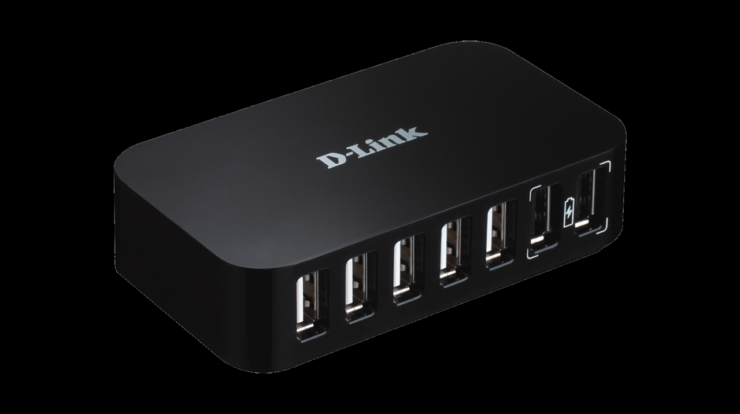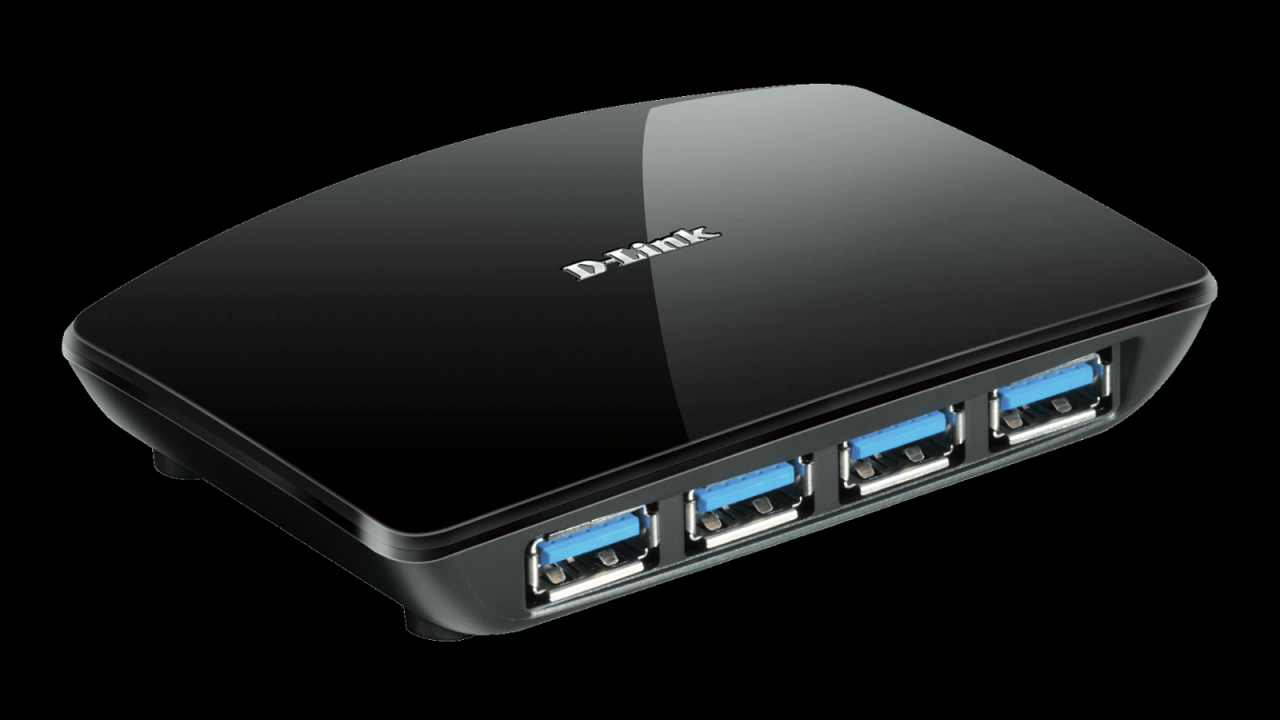
Delving into the realm of hub definition, this article unveils the intricacies of hubs, their multifaceted functions, and their impact across various domains. From network connectivity to information exchange, hubs play a pivotal role in facilitating connections and driving collaboration.
In this comprehensive guide, we delve into the diverse types of hubs, exploring their unique characteristics and applications. We examine the benefits and challenges associated with hubs, providing insights into maximizing their potential and overcoming potential obstacles.
Hub Definition

A hub serves as a central point of connection, facilitating the exchange of information and resources within a network or system. It acts as an intermediary, allowing multiple devices, computers, or networks to communicate and share data. Hubs play a crucial role in enabling collaboration, connectivity, and information dissemination across various industries and applications.
Examples of hubs can be found in diverse contexts:
- Network hubs:Connect multiple devices within a local area network (LAN), enabling data transmission and communication.
- Transportation hubs:Facilitate the movement of people and goods through airports, train stations, or bus terminals, connecting different modes of transportation.
- Business hubs:Act as centers for economic activity, attracting businesses, professionals, and investors to foster innovation and collaboration.
- Knowledge hubs:Provide access to information, expertise, and resources in specific fields, such as research institutions, libraries, or online platforms.
Hub Functions
Hubs fulfill essential functions in various networks and systems:
- Centralization:Consolidate connections and resources at a single point, simplifying network management and administration.
- Data transmission:Enable the transfer of data between connected devices, facilitating communication and information exchange.
- Protocol conversion:Allow devices with different communication protocols to connect and interact seamlessly.
- Security:Provide a centralized point for implementing security measures, protecting the network from unauthorized access or attacks.
- Redundancy:Ensure network reliability by providing backup connections or resources in case of failures or outages.
Types of Hubs
Hubs vary in purpose and industry, resulting in different types:
- Network hubs:Connect multiple devices within a LAN, operating at the physical layer of the network.
- USB hubs:Expand the number of USB ports available on a computer, allowing for the connection of additional peripherals.
- Enterprise service hubs:Provide a centralized platform for managing and delivering IT services, such as cloud computing or data storage.
- Transportation hubs:Facilitate the transfer of passengers or goods between different transportation systems, such as airports or train stations.
- Logistics hubs:Optimize the storage, distribution, and transportation of goods within a supply chain.
Benefits of Hubs, Hub definition
Hubs offer several advantages in various scenarios:
- Improved connectivity:Enhance communication and collaboration by providing a central point of connection for multiple devices or networks.
- Centralized management:Simplify network administration and maintenance by consolidating connections and resources at a single location.
- Increased efficiency:Streamline data transfer and communication, reducing bottlenecks and improving overall network performance.
- Enhanced security:Provide a centralized point for implementing security measures, protecting the network from threats and unauthorized access.
- Cost savings:Reduce hardware and infrastructure costs by consolidating connections and resources, eliminating the need for multiple devices or services.
Challenges of Hubs
While hubs offer numerous benefits, they may also face certain challenges:
- Performance limitations:Hubs can introduce performance bottlenecks, especially in high-traffic networks, due to shared bandwidth and potential collisions.
- Security vulnerabilities:Hubs can be vulnerable to security breaches if not properly configured and maintained, as they provide a single point of entry for potential attackers.
- Complexity:Managing and maintaining complex hubs can be challenging, requiring specialized expertise and resources.
- Scalability limitations:Some hubs may have limitations in terms of the number of devices or connections they can support, which can hinder scalability in growing networks.
Epilogue

As we conclude our exploration of hub definition, it becomes evident that hubs serve as essential infrastructure for connectivity, collaboration, and knowledge sharing. By understanding the principles of hub design, implementation, and management, organizations and individuals can harness the power of hubs to enhance efficiency, foster innovation, and drive positive outcomes.
FAQ
What is the primary purpose of a hub?
Hubs serve as central points of connection, facilitating communication and data exchange between multiple devices or networks.
What are the different types of hubs?
Hubs can be classified based on their purpose, such as network hubs, information hubs, and transportation hubs, each with unique characteristics and applications.
What are the advantages of using hubs?
Hubs offer numerous benefits, including improved connectivity, enhanced collaboration, increased efficiency, and centralized access to resources.
What are some potential challenges associated with hubs?
Hubs may face challenges such as security vulnerabilities, bandwidth limitations, and the need for effective management and maintenance.





